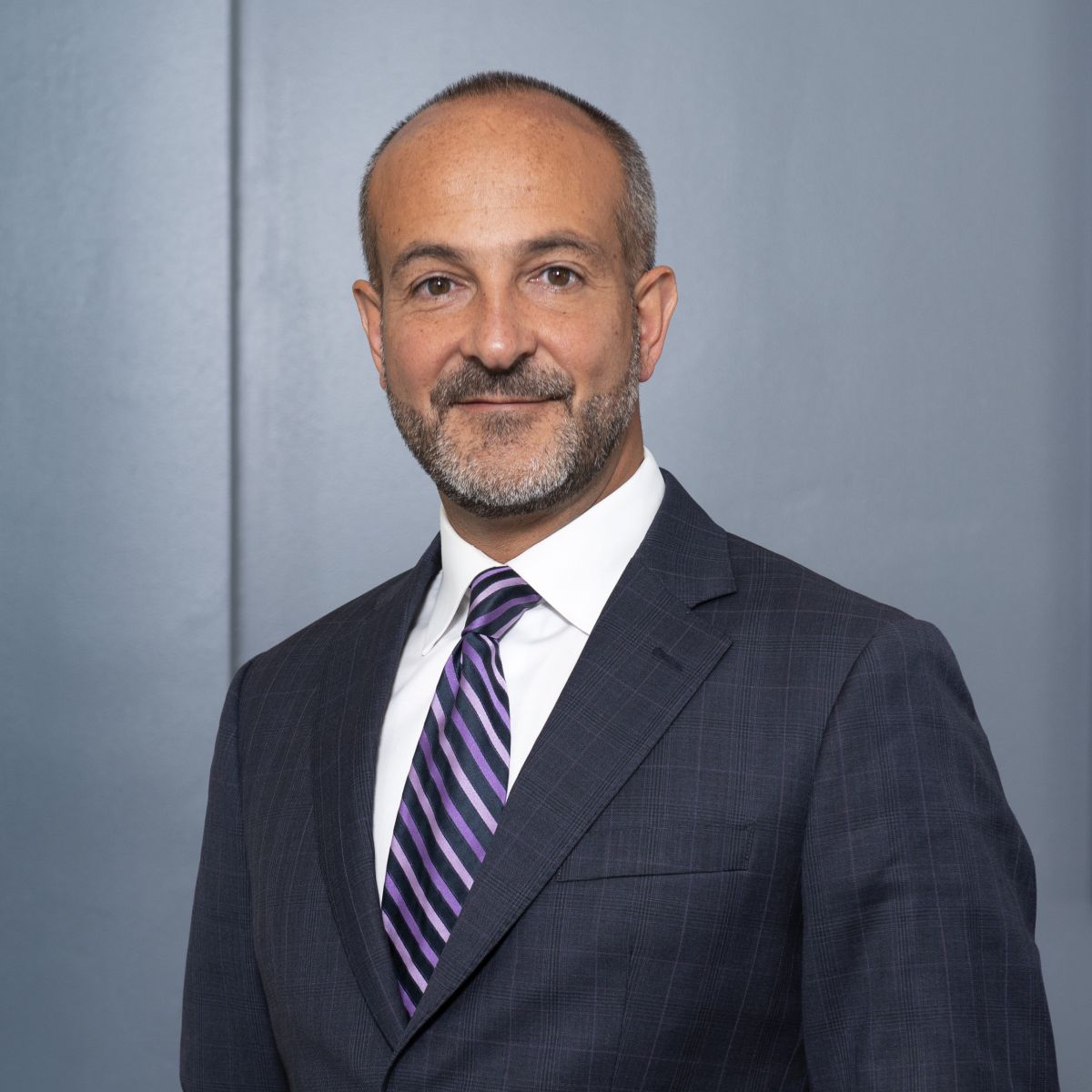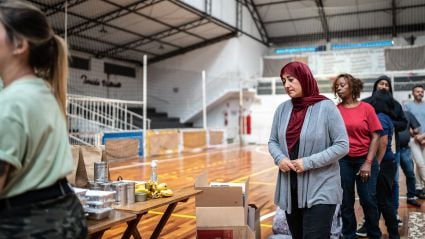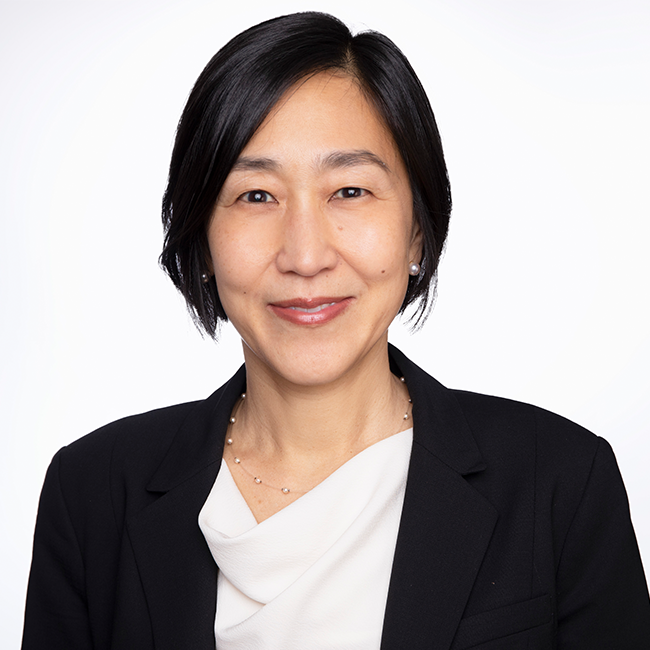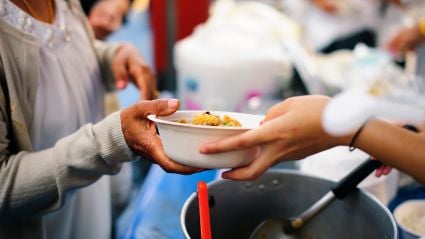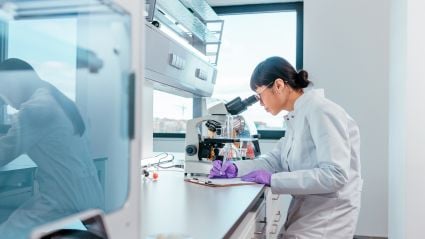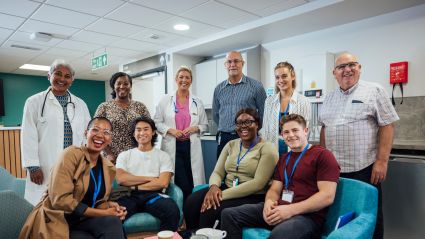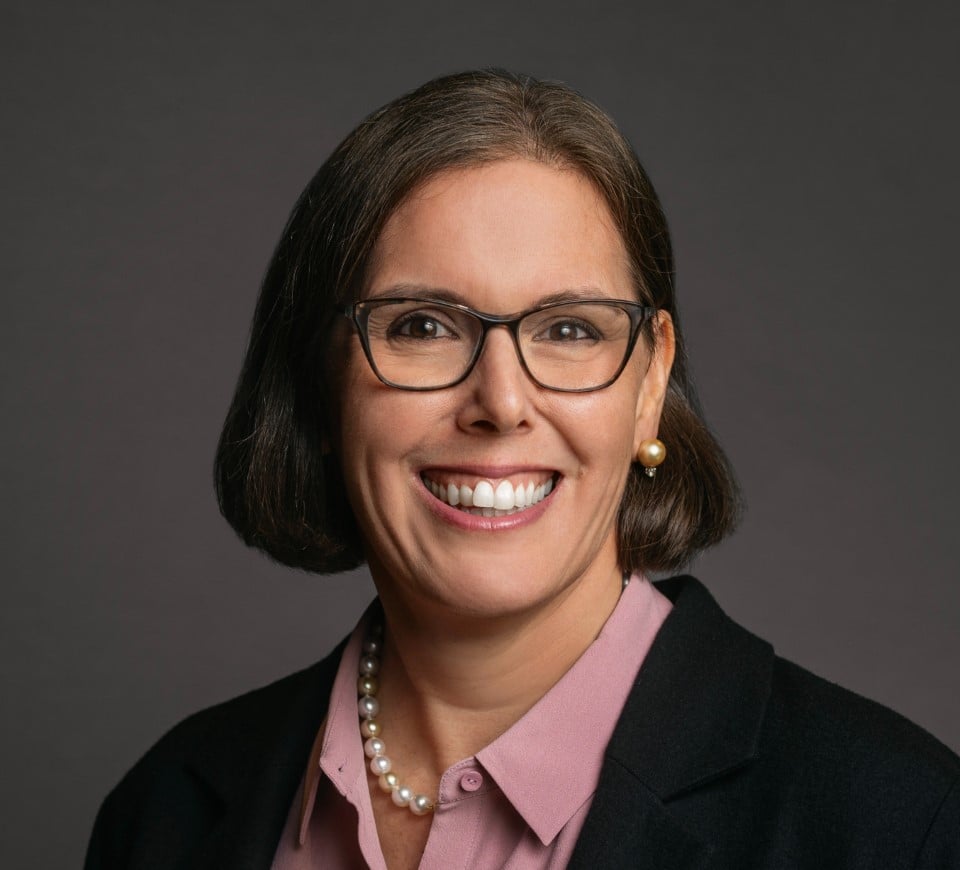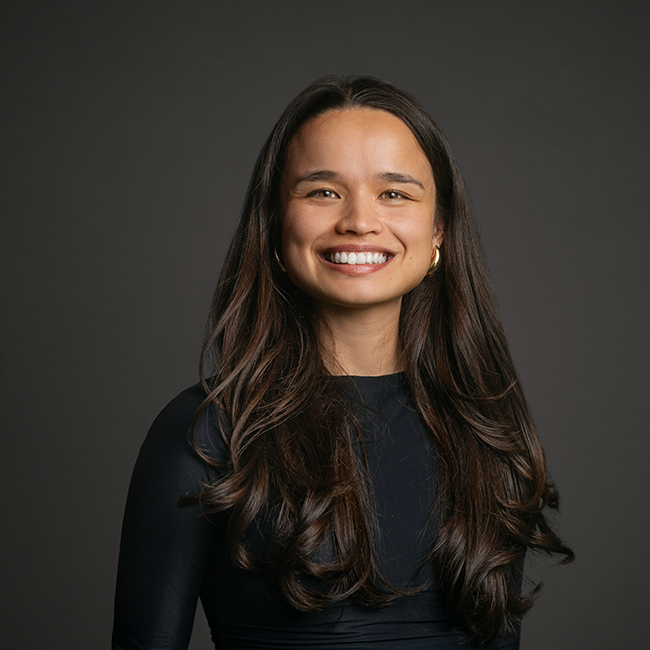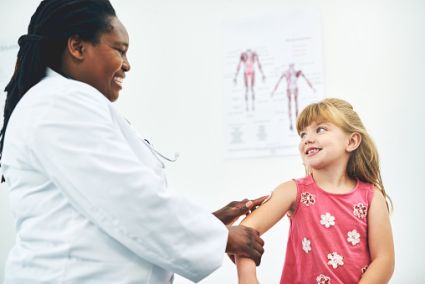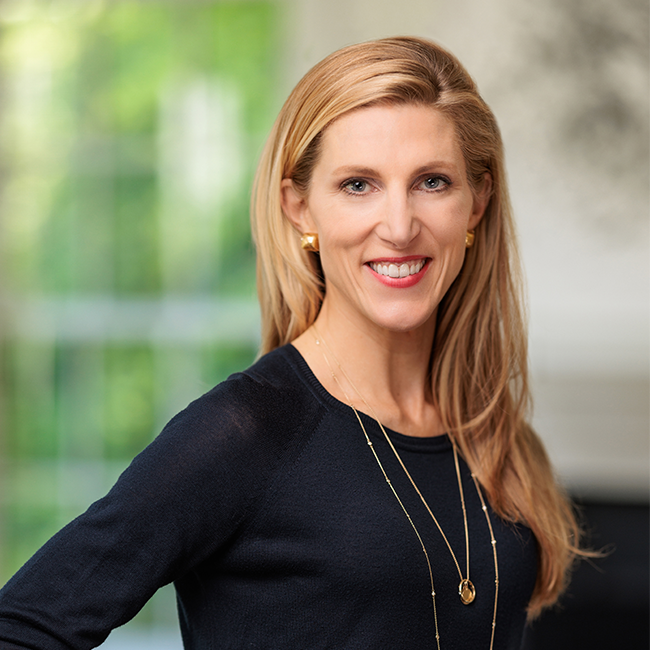
In the 1968 documentary film Out in the Rural, my mentor and friend Jack Geiger, MD—recognized as one of the founders of the US community health center movement and a champion of public health and health equity—states, “The determinants of health are in the social order, not in health care” and goes on to mention, “There are other priorities...food.” Those who knew Geiger understand he was a committed visionary with a clear understanding of the intersection between a person’s social context and their health and well-being—and where and how health care could fit in to make a difference. Part of his work in our nation’s first community health center in Mound Bayou, MS, included prescribing food as medicine.
In recent years, more than five decades later, we have seen “Food as Medicine” again emerge, taking flight right before the COVID-19 pandemic, and supercharged during and after it. By all measures, food is the single most important driver of health in the US. Beyond the critical work of addressing food insecurity in general—more than 47 million food insecure Americans don’t have reliable access to food—food as medicine aims to be more tailored and strategic, leveraging proper nutrition against the chronic obesity and chronic disease epidemic, as well as specific conditions such as congestive heart failure and maternal health. It aims to embed food into health-care financing and clinical care as a mechanism to prevent and treat chronic conditions attributed to diet and nutrition insecurity. This effort has attracted great attention from health plans and health systems alike, given that over $3.5 trillion is spent annually on chronic diseases, which are made worse by foods that contribute to, and worsen, cardiometabolic disease, our nation’s largest killer.
So how do we make this a reality today? How can food as medicine best incorporate technology with health-care expertise, centering dignity for patients in the process, all while improving health outcomes and decreasing health-care costs? While many models exist, and they all have merit, a true innovative partnership that drives health outcomes can be found in the work of About Fresh, a national nonprofit founded in 2013.
Only by addressing social determinants of health will we make America healthy, once and for all.
About Fresh’s flagship technology, Fresh Connect, makes it possible for health plans, providers, and community organizations to cover the cost of nutritious food at 20,000 grocery retailers nationwide. The Fresh Connect platform comprises:
- A debit card that is programmed for use at a grocery retailer with item-level spend parameters based on a patient’s health goals as prescribed by a clinician.
- A program application that manages end-to-end logistics of enrollment, engagement, data collection, and analysis.
Since 2021, more than 24,000 households spanning 15 states have used Fresh Connect to purchase $11 million of nutritious food. Organizations including the Veterans Health Administration, Kaiser Permanente, and Mass General Brigham have relied on Fresh Connect to address nutritional needs for their patients and generate insights to expand investment into food as medicine. Independent research on the impact of Fresh Connect has demonstrated significant improvements, including, in one case, a 17 percent reduction in emergency department visits, as well as a 23 percent decrease in hospitalizations in another. In addition, users report reduced stress, improved dietary intake, better management of hypertension and diabetes, and greater ability to cover other essential expenses such as rent and utilities.
It was the honor of my life to know Geiger. One idea he planted in all those he touched was the importance of addressing the social influencers of health—such as food—while assuring access to care and equitable, high-quality care for all. While the food as medicine movement continues to evolve, the key lesson about the work of About Fresh is that we can, in fact, bring Geiger’s ideals together in a way that leverages technology, partnerships, health-care expertise, and dignity and respect for patients and their time and needs. Now, hopefully, we can bring these lessons to scale across the country—especially at a time when chronic disease is rampant, health-care costs are rising, health-care coverage is waning, and primary care and rural health are in crisis. Only by addressing all of these areas will we make America healthy, once and for all.
